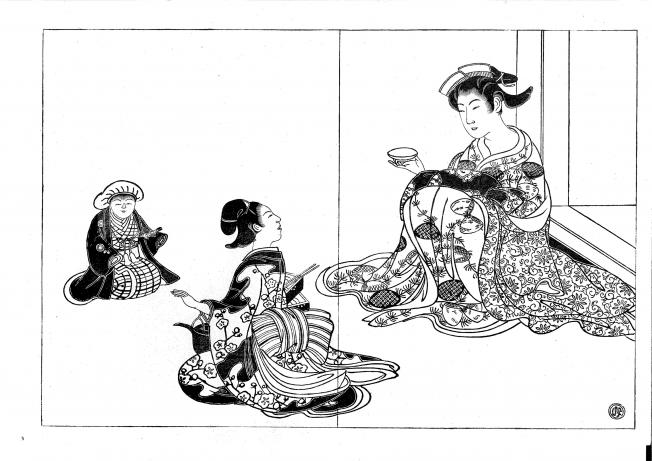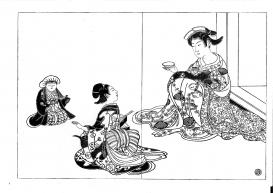In medieval Japan (tenth to sixteenth century), childbirth was fraught with precariousness and danger. Although the physiological process of pregnancy was basically understood, it was never quite clear how exactly the events could unfold. Therefore, multifaceted measures had to be taken in order to account for different kinds of perceived risks and intangible threats; plans had to be put into place before any eventuality could take shape. For the elite households, for example, reproduction and childbirth were often matters of physical, ritual, economic, and political uncertainty, and they had to be dealt with as cautiously as possible. The implicit family expectations placed on elite women entering the court service were high, and the family’s private preparation and planning for the best or worst possible outcomes of their daughters’ pregnancy were among the most intensely scrutinised priorities. To reduce these risks and uncertainties, the elite households led by the royal consort’s father and her brothers invested considerable time and resources in cultivating certain “arts of judgement,” that in effect helped them to plan their actions, predict favorable or threatening possibilities, and make informed decisions at crucial points in time, against the background of constantly shifting circumstances. Such “arts of judgement” were practised by men and women, both elite and low-ranking, as well as professional experts who were all involved in the elite project of “reproducing the ruler.” The social organization of pregnancy and childbirth at medieval Japanese court thus suggests that these vital experiences in the noble women’s reproductive lives were socially constructed and ritually mediated as multi-layered, networked epistemic events of a prolonged nature that required different kinds of expert knowledge support.

“Two women and a child.” By Harunobu 春信? Wood-block print, no date. Paper, ink. Author's collection.

